Stories Category: Intensive Care

Genetic Mechanisms of Critical Illness in COVID-19
Host-mediated lung inflammation is present, and drives mortality, in critical illness caused by COVID-19. Host genetic variants associated with critical illness may identify mechanistic targets for therapeutic development. Here... read more
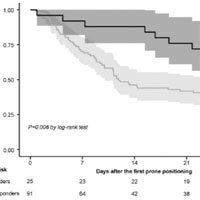
Improved Oxygenation After Prone Positioning May Be a Predictor of Survival in Patients With ARDS
We found a significant difference in the Pao2:Fio2 ratio after the first prone positioning between ICU survivors and nonsurvivors. The improvement in oxygenation after the first prone positioning was a significant predictor... read more

Childhood sepsis deadlier for Black patients
In this large, representative analysis of paediatric severe sepsis in the USA, we found evidence of outcome disparities by race or ethnicity and insurance status. Our findings suggest that there might be differential... read more

Evaluation and Treatment of Renal and Perinephric Abscesses
A 30-year-old woman with past medical history of type 2 diabetes presents to the emergency department with 3 days of vague abdominal/back pain, with associated subjective fever, chills, nausea and vomiting. She states she... read more

Impaired peripheral mononuclear cell metabolism in patients at risk of developing sepsis
Dysregulated immune response is a key driver of disease progression in sepsis and known to be associated with impaired cellular metabolism. This association has been studied mostly in the late stage sepsis patients. Here,... read more

Nurses’ knowledge and practices of physical restraints in ICU
The mean scores of nurses' knowledge and practices were 61.5 (SD = 12.1) and 57.4 (SD = 9.7), respectively. More than half of nurses had poor knowledge of PR use and incorrect practice of implementing PR (51.5% and 60.5%,... read more

Evidence-Based Critical Care
This is the premier evidence-based textbook in critical care medicine. The Third Edition features updated and revised chapters, numerous new references, streamlined content, and new chapters on key topics such as the new... read more
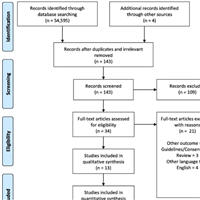
Endotracheal intubation to reduce aspiration events in acutely comatose patients
Whether intubation results in a reduction in the incidence of aspiration events and whether these are more frequent in patients with low GCS scores are not yet established. The paucity of evidence on this topic makes clinical... read more

Anaesthetists and intensive care doctors are at lower risk of COVID-19 infection compared with other medical staff
Following the first recorded death of an anaesthetist from COVID-19 in the UK in November 2020, a review of available data published in Anaesthesia (a journal of the Association of Anaesthetists) shows that unexpectedly,... read more
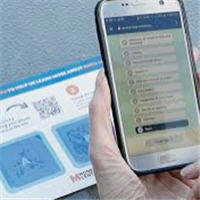
Smell test may help spot COVID-19 cases
A scratch-and-sniff screening tool that identifies impaired sense of smell, a common symptom of COVID-19, could help quickly pinpoint cases. Researchers from the University of Colorado in Boulder studied a smell test called... read more

Clinical characteristics of critically ill patients with COVID-19
In this study of critical patients infected by SARS-CoV-2 in a high-complexity hospital, the majority were comorbid elderly men, a large percentage required invasive mechanical ventilation, and ICU mortality was 25%. Design... read more
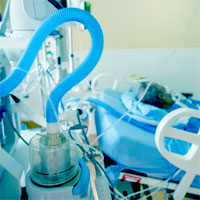
Development and assessment of the performance of a shared ventilatory system
Using standard clinical components, a system of shared ventilation consisting of two ventilatory limbs was assembled and connected to a single ventilator. Individual monitors for each circuit were developed using widely available... read more
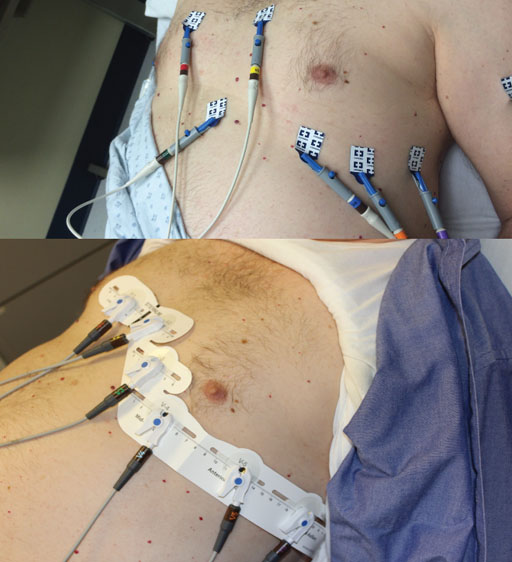
ECG Pointers: Cocaine and ST Elevation
This ECG comes from a 21-year-old male with a history of cocaine abuse. When I say ‘history’, I mean that he just snorted some cocaine and now he has chest pain. He looks uncomfortable and sweaty, and keeps... read more

An Online Tool to Simulate the Effect of Pooled Testing for COVID-19
This diagnostic study describes an online tool created with actual severe acute respiratory syndrome coronavirus 2 (SARS-CoV-2) virus copy number data to help policy makers understand how pooled testing compares with single-sample... read more
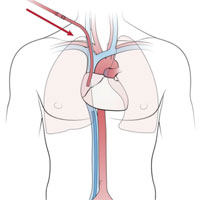
The Feasibility of Studying Metabolites in PICU MODS
Metabolites are generated from critical biological functions and metabolism. This pediatric study reviewed plasma metabolites in patients suffering from multi-organ dysfunction syndrome (MODS) in the pediatric intensive care... read more
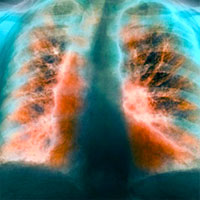
The voice of people living with COPD: what I learned from doing qualitative research
As a general respiratory physician, schooled in the clinical world of evidence-based medicine (EBM), I shared a common view that qualitative research was, well, flaky. Where was the science? The statistical significance?... read more

Rapid Resilience in the Emergency Department
It is the middle of a busy shift when you get the call that multiple casualties are incoming from a large fire. Your team scrambles to respond as the first victim, a 23 year old with 30% TBSA burns rolls in. He’s screaming... read more








